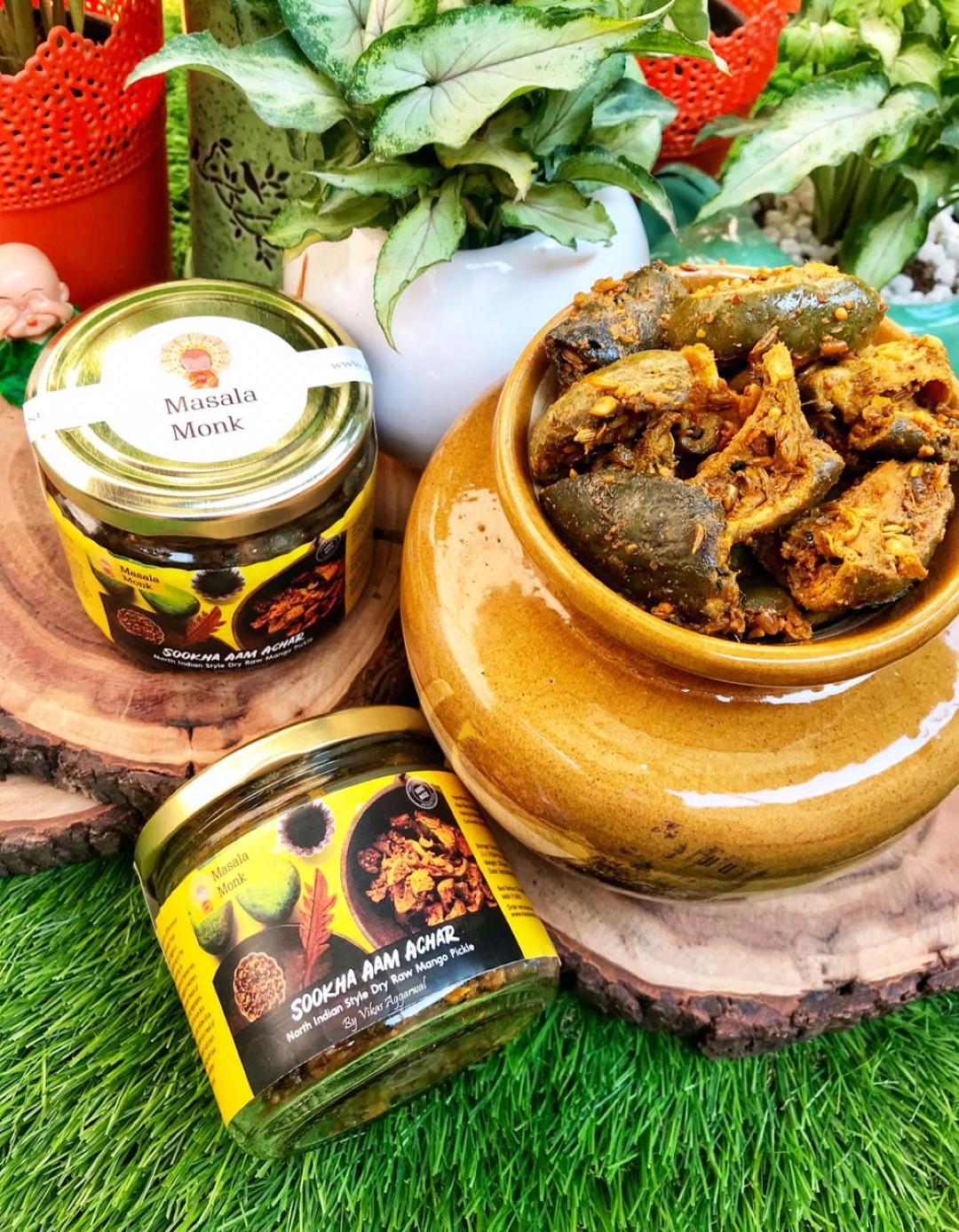
Hello, dear readers! Today, we’re going to delve into a fascinating topic that combines the wisdom of yoga with the essential act of eating. We’re drawing insights from a video by Yoga With Amit, a popular yoga instructor on YouTube. His video, titled “How to Eat Food for Better Digestion”, provides valuable advice on how to eat food in a way that promotes better digestion and overall health. 🌱💪
The Importance of Posture 🪑
Amit begins by emphasizing the importance of posture while eating. He observes that many people eat while walking, talking, or even lying down. These habits can disrupt the digestive process. To ensure optimal digestion, it’s crucial to sit straight while eating. This position allows our internal organs to be in the best position for digestion.
In ancient times, people used to sit in the Vajrasana pose while eating. This pose involves sitting on your heels with your knees, calves, and big toes touching each other. The back and neck are straight, and the hands are on the knees. The Vajrasana pose is known to promote digestion and prevent disorders related to it. This practice is still beneficial today and can be incorporated into our modern lifestyle. 🧘♀️
The Power of Mantras 📿
Next, Amit discusses the power of mantras. Chanting a mantra before eating can help relax the mind and create positive vibrations for the digestive process. This practice was common in ancient times and is still beneficial today. It helps to align our mind and body, preparing us for the act of eating.
Mantras are powerful tools that can create a specific energy pattern within the person who is chanting them. When chanted with devotion and understanding, they can bring about a profound transformation in the individual’s consciousness. This transformation can have a positive effect on the physical body, including the digestive system. 🙏
Timing Your Meals ⏰
Amit also stresses the importance of timing your meals. He advises eating only when the sun is up, as our digestive system is most active during daylight hours. This advice is based on the Ayurvedic principle that our body’s functions are closely tied to the movements of the sun.
He also recommends maintaining a gap of at least five hours between meals to allow the body to fully digest the food. This practice gives the digestive system enough time to process the food and absorb the nutrients properly. It also helps prevent overeating, as the body has enough time to signal when it’s full. ⏳
The Role of Water 💧
Water plays a crucial role in digestion. Amit suggests drinking water 45 minutes before a meal to aid digestion. However, he advises against drinking water during meals as it can dilute the digestive juices and disrupt the digestive process.
Drinking water before meals can also help control overeating by making you feel full. It also prepares the stomach for the food that it’s about to receive, ensuring that the nutrients are properly absorbed. 🚰
Consistency is Key 🗓️
Eating at the same time every day can also aid digestion. When we eat at the same time daily, our body gets into a routine and can better prepare for the digestion process. This can lead to improved digestion and overall health.
Consistency in meal times also helps regulate our body’s internal clock, which can have a positiveeffect on our sleep patterns, hormone regulation, and overall well-being. It’s a simple practice that can bring about significant changes in our health. 🍽️
The Type of Food Matters 🥦
Amit recommends eating foods that contain a good amount of water, such as vegetables. These foods are easier to digest and can help keep the body hydrated. They also contain essential vitamins and minerals that support the body’s functions, including digestion.
He also advises against eating heavy foods, like meat, as they can take longer to digest. Heavy foods can put a strain on the digestive system and lead to issues like bloating, indigestion, and discomfort. Instead, opt for lighter, more easily digestible foods that nourish the body without overburdening it. 🥗
Mindful Eating 🧠
Mindful eating is another key aspect of Amit’s advice. He suggests focusing on the food while eating and avoiding distractions like watching TV or using mobile phones. This mindfulness can enhance the digestive process and make eating a more enjoyable experience.
When we eat mindfully, we’re fully present with our food. We pay attention to the taste, texture, and aroma of the food, and we listen to our body’s signals of hunger and fullness. This practice not only enhances our enjoyment of food but also helps us make healthier food choices and reduces overeating. 🍲
Post-Meal Practices 🚶♂️
Finally, Amit shares some post-meal practices. He recommends sitting in the Vajrasana pose for at least 10 minutes after eating to improve blood flow to the digestive area and aid digestion. This pose is known to promote a healthy digestive system and is a great way to wrap up your meal. 🧘♂️
In conclusion, Amit’s video is a treasure trove of wisdom, combining ancient yogic practices with a modern understanding of the digestive process. By following his advice, we can improve our digestion and overall health. If you found this information helpful, do check out the original video on YouTube and subscribe to Yoga With Amit for more insightful content.
And remember, we’re all on this journey to better health together. If you’re looking for a supportive community where you can share your experiences and learn from others, consider joining our Facebook group, EatLo. We’d love to have you! 🤗












